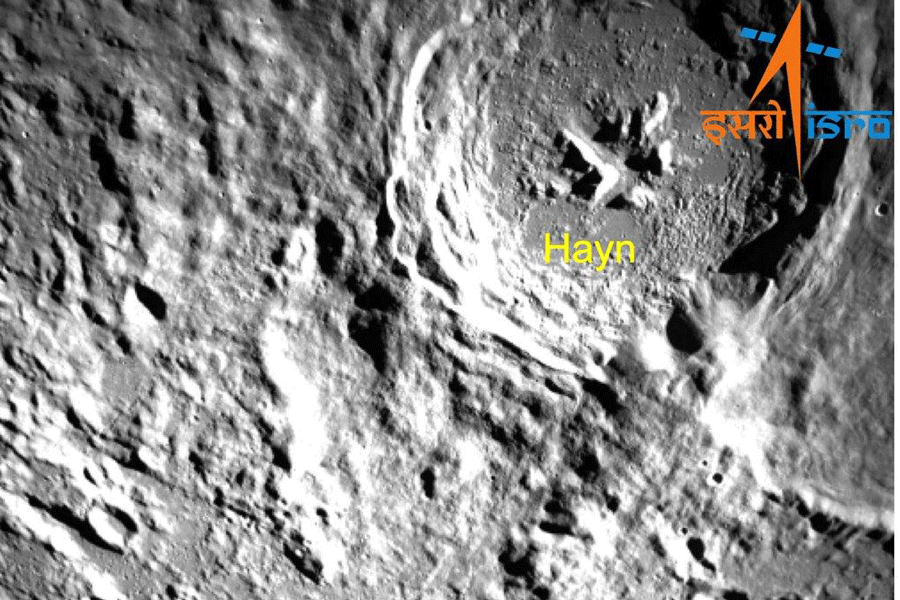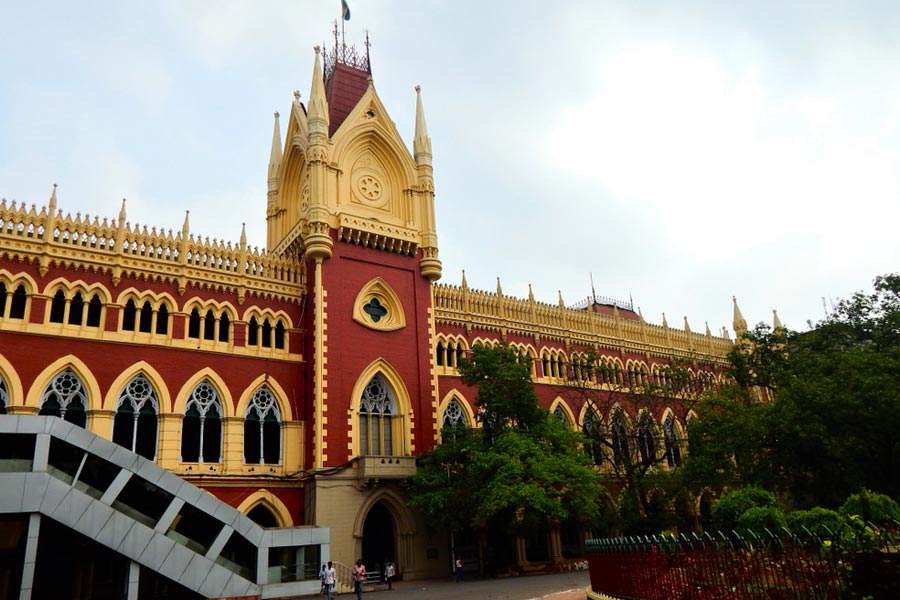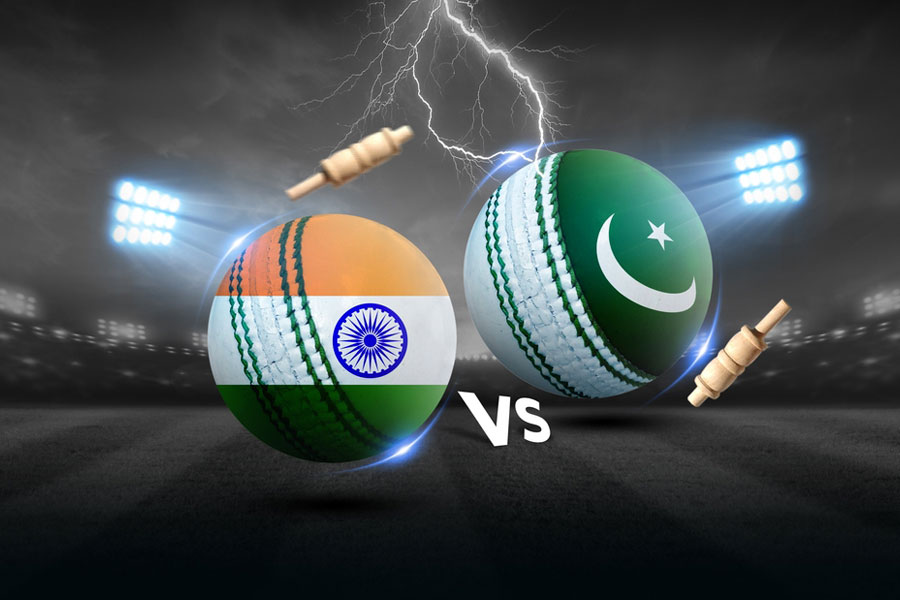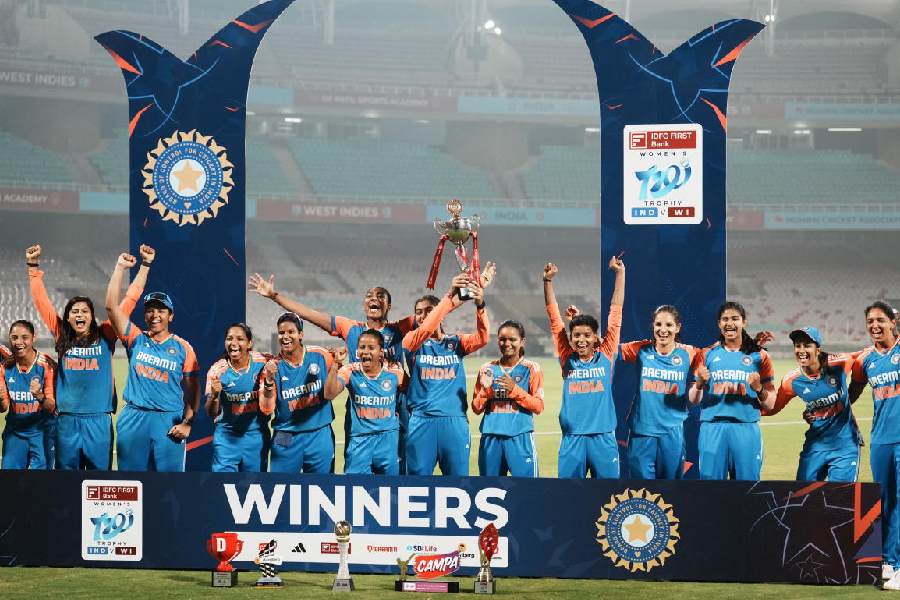The Chandrayaan-3 spacecraft’s lander-module on Monday moved into its final, lowermost orbit around the moon, its “parking slot” while it awaits lunar sunrise before attempting its planned soft landing on August 23.
The second and final deboosting operation has successfully reduced the lunar module orbit to 25km by 134km, the Indian Space Research Organisation (ISRO) said. “The module will undergo internal checks and await sunrise at the designated landing site,” the space agency said.
The module’s powered descent to the lunar surface is expected to start around 5.45pm IST with the touchdown expected at around 6.04pm.
During its descent, rocket engines and smaller thrusters, all guided by onboard computers, will slow its speed, maintain its orientation with respect to the ground, and guide it towards its landing site about 650km from the lunar south pole, an unexplored region.
Isro on Monday also released four images of the lunar far side captured by Chandrayaan-3’s Lunar Hazard Detection and Avoidance Camera on Sunday. The camera, developed by the Space Applications Centre, Ahmedabad, will help the lander locate a safe landing area without boulders or deep trenches.
The landing attempt will take place three days after Luna-25 — Russia’s first lunar lander mission in 47 years — crashed into the moon on Sunday after a problem while it was preparing for a pre-landing orbit. Luna-25’s crash underscores the challenge and the risks even for experienced space agencies.
Only Russia, the US and China have landed spacecraft on the moon. Chandrayaan-3’s target landing site is an unexplored region of the moon about 650km from the lunar south pole. Russia’s last lunar lander was Luna-24, a spacecraft launched in 1976 that brought back samples of lunar soil.
Chandrayaan-3, launched on July 15, is Isro’s third lunar spacecraft. Chandrayaan-1 launched in 2008 was a lunar orbiter that helped detect signatures of water on the moon. Chandrayaan-2 launched in 2019 was a lander mission but failures during its final descent caused it to crash into the moon.
Isro mission planners have designed the lander for myriad types of failures and assigned a landing area 40-fold larger than had been earmarked for Chandrayaan-2 to introduce greater flexibility and minimise the risk of a crash.
“We looked at many failures — sensor failure, engine failure, algorithm failure, calculations failure. Whatever may fail, we still want it to land at the required speed,” ISRO chairman S. Somanath had said on the sidelines of a conference on space and industry in New Delhi last month.











